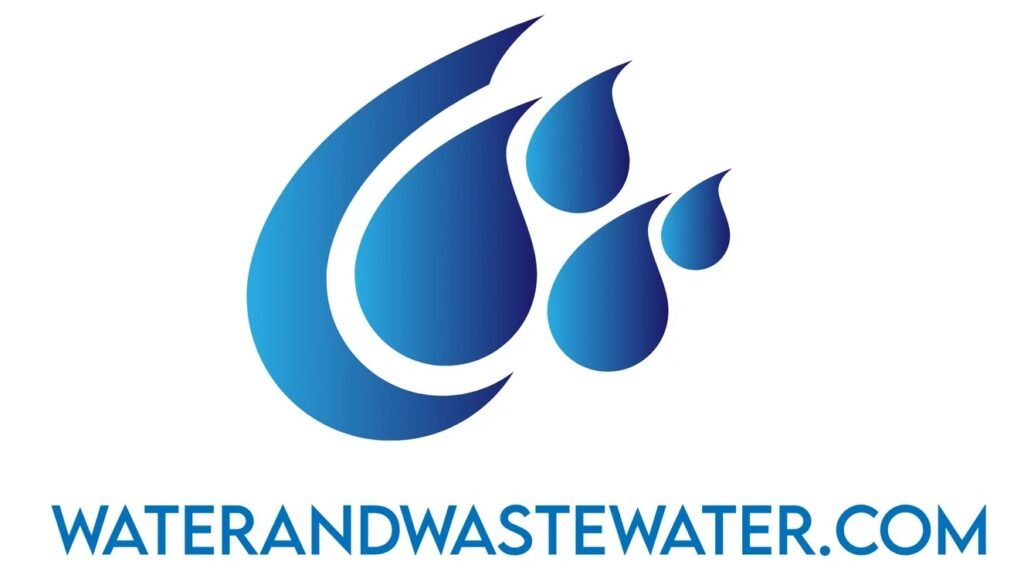
Tag: water management
Dissolved air flotation (DAF) is a water treatment process that clarifies wastewater by the removal of suspended matter such as oil, grease, or solids. The removal is achieved by dissolving air in the water or wastewater under pressure and then releasing the air at atmospheric pressure in a flotation tank or basin. The released air […]
Efficient sedimentation processes are essential for both municipal and industrial wastewater treatment facilities. As raw wastewater enters the treatment plant, it undergoes initial screening before proceeding to sedimentation tanks where the separation process begins. This stage is pivotal for the protection of downstream treatment units and for minimizing the potential for damage or additional processing […]
Primary treatment of wastewater, also known as mechanical treatment, is the first phase in the purification process of sewage. It focuses on the removal of large and suspended solids through a series of physical actions. At this stage, the wastewater is passed through several tanks and filters which are designed to separate solid waste from […]
Comminution in wastewater treatment refers to the process of breaking down solid waste particles before they undergo further treatment. This step is crucial as it facilitates the subsequent treatment processes by reducing the size of particles, which can enhance the efficiency of sedimentation, filtration, and biological treatment stages. By ensuring that the solids are adequately […]
Pumping stations are crucial components in water management systems, playing a pivotal role in transporting water and wastewater from one location to another. They are designed to handle various types of fluids, including fresh water, sewage, or stormwater, often moving the liquids from low to high elevation, across vast distances, or from one treatment process […]
Effluent discharge refers to the flow of wastewater—treated or untreated—that is released into natural water bodies from various sources including industrial, commercial, and residential establishments. The characteristics of this effluent can vary widely based on the source and the types of contaminants present, ranging from organic matter and nutrients to chemicals and thermal pollution. The […]
Sludge disposal is an essential process in the management of waste produced by water treatment plants. The term ‘sludge’ refers to the semi-solid material that is left over after the treatment of sewage and industrial wastewater. Managing this byproduct effectively is critical to protecting public health and the environment. Methods of disposal must meet stringent […]
Wastewater collection is a critical component of modern sanitation systems, serving the vital purpose of transporting sewage and stormwater from residential, commercial, and industrial sources to treatment facilities. This intricate process relies on a well-maintained network of pipes, pumps, and conduits to ensure environmental safety and public health. Understanding the types, designs, and operations of […]
Reuse and recycling are essential components of modern waste management that contribute to environmental conservation and efficient resource utilization. By reusing materials, we extend the life cycle of products, reduce the need for new resources, and save energy. Recycling transforms waste into new products, diverting it away from landfills and incinerators. The process involves collecting, […]
The field of treatment technologies encompasses a diverse range of methods and systems designed to manage and clean water and wastewater. In modern environmental management practices, it’s crucial to understand the principles and applications of these technologies to ensure safety, sustainability, and compliance with regulatory standards. As populations grow and industries expand, the demand for […]